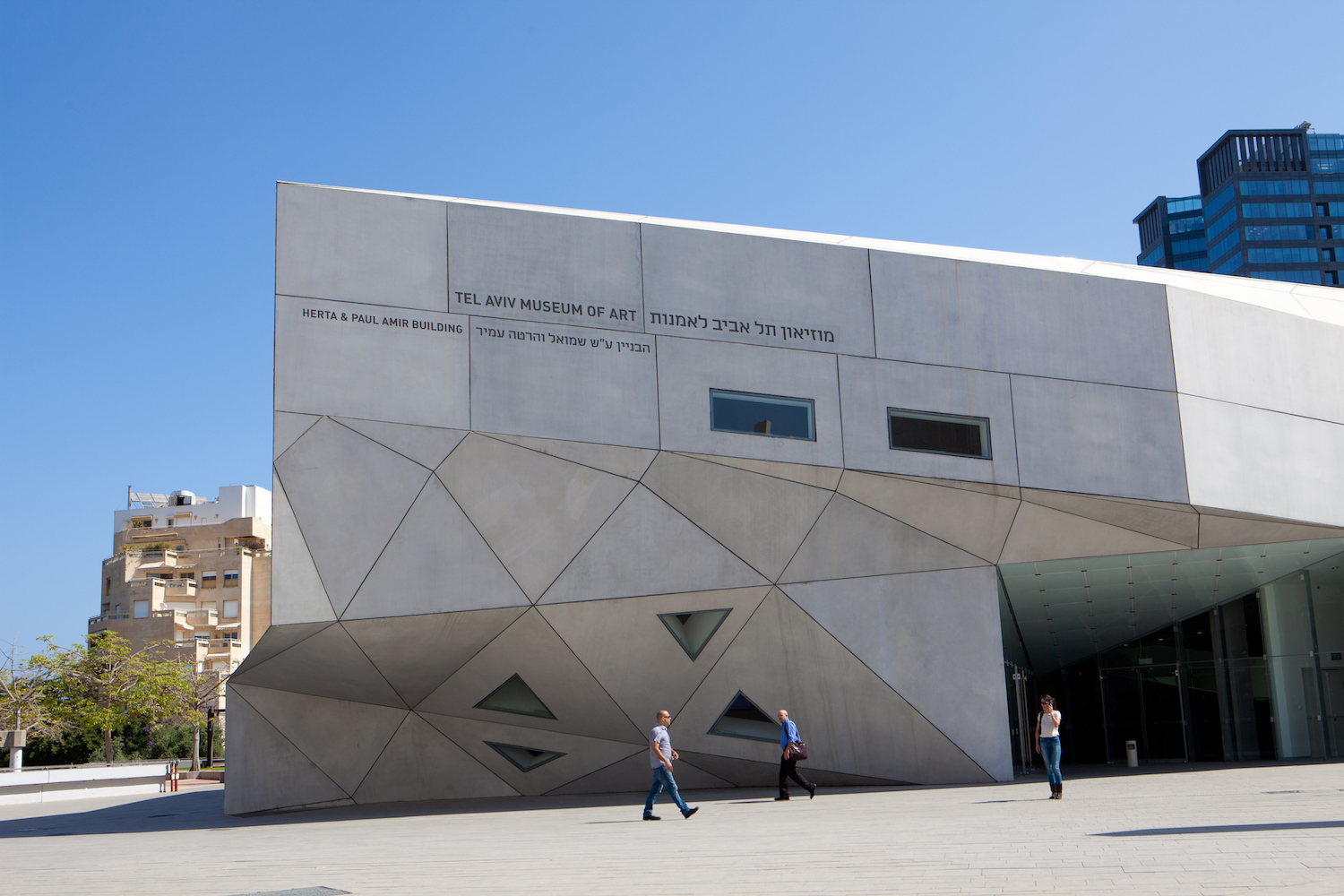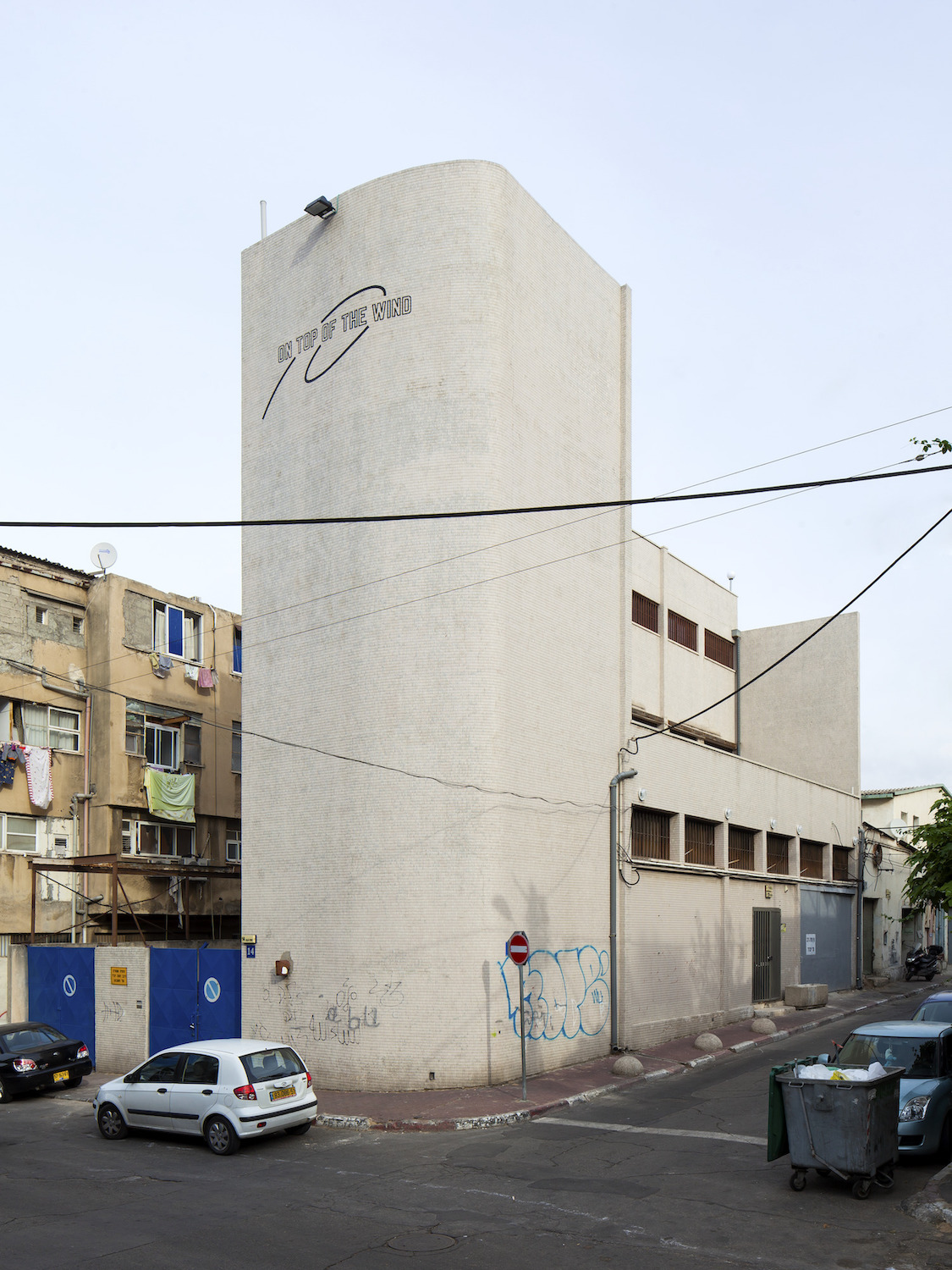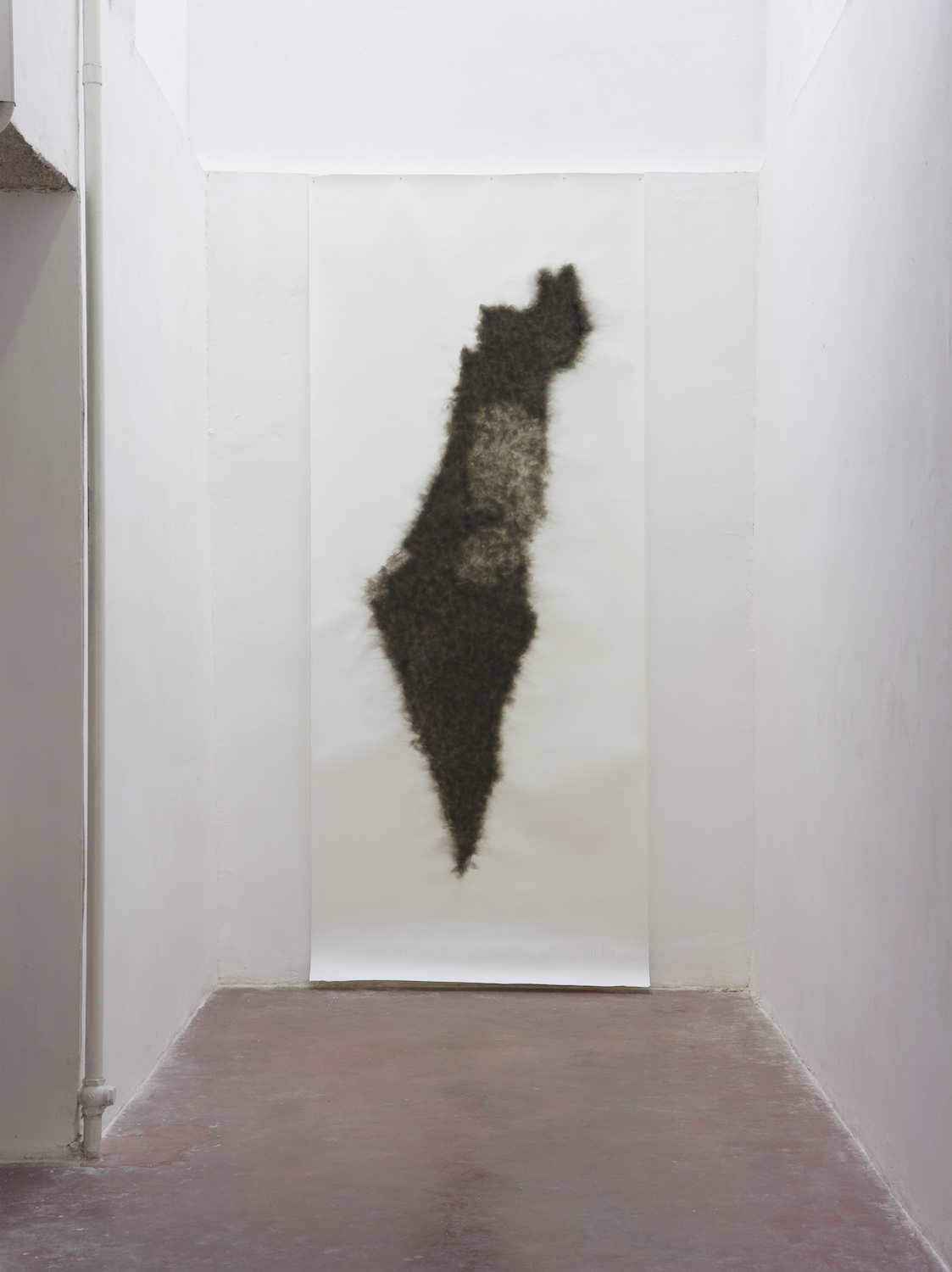TEST SITE FOR ART & HOSPITALITY EXPERIENCES
Tel Aviv
I believe in the power of art
26.03.2018
- #tlvtale
- #contrasts
- #newbridges

The Tale of Tel Aviv
Having never previously visited Tel Aviv, admittedly I was a little nervous at the degree to which I was grilled by Israeli airport security before boarding the airplane. Travelling light with hand luggage alone, and on a direct flight from Berlin, extra questions were required to verify, basically, that I was not carrying anything suspicious. Not only had I visited Morocco a few months earlier, also I had a former boyfriend whose mother was from Istanbul, resulting in a number of passport stamps showing me entering and exiting Turkey — more than seemed reasonable. We’ve all had that moment of feeling accused or guilty when we’re actually innocent (think back to school, if indeed you were squeaky clean), and this was one of those instants.
I recount this story because there is no escaping the fact that Israel is a Middle-Eastern country in the midst of conflict, and has been for decades now. Recently this has been further inflamed by President Donald Trump’s will to recognise Jerusalem as the capital of Israel, planning to move the US embassy there from Tel Aviv and, therefore, seemingly undermining the possibility of a two-state solution to the Israel-Palestine conflict. Whatever your view on the nature of this complex history and cultural struggle, experiencing Tel Aviv as a city is interesting, enjoyable and also educational, with lots to learn, see and do, and a melting pot of people to meet.
Basing myself in the ancient port city of Jaffa, famous for its mixed community of Jews, Christians and Muslims as well as its streets lined with orange trees, I stayed in The Market Hotel on Beit Eshel Street next to the historical Jaffa Clock Tower, which was built in Palestine during the Ottoman period. The hotel itself has been constructed atop the archaeological ruins of a Byzantine Chapel; the lobby’s glass floor reveals this architectural history as you gaze down into the dusty foundations. It has a seductively bohemian aesthetic; leather sofas dotted with colourful woven cushions; books and fruit bowls overflowing with lemons, pomegranates, green and red apples; and a black-and-white tiled open-plan restaurant with an almost too-generous happy-hour of wine, baklava, cheese, bread, grapes, apricots, and so on. In short, it’s luxurious and comfortable without being ostentatious, so if you’re trying to treat yourself, this could be a good place to start.
Regarded today as Israel’s cultural capital, Tel Aviv is famous for its annual Pride Parade and wild nightlife, not to mention its remarkable mix of museums, buildings, bars and restaurants. Originally developed in 1909 on the sand dunes beyond Jaffa, Tel Aviv was to be a garden city designed by Patrick Geddes, a Scottish urban planner whose previous endeavours had included the town planning of New Delhi. With a number of Jewish architects from the Bauhaus school emigrating to the British Mandate of Palestine in 1933, the White City district rapidly developed to become home to over 4,000 Bauhaus buildings (the area I now recognised by UNESCO). This followed the closure of the Bauhaus school in Berlin and the election of the Nazi party in Germany in March 1933 — after which they dissolved the Reichstag and banned all other parties. The Bauhaus architectural principles fuse form and functionality with everyday materials, and some of Tel Aviv’s most well-known examples include the Thermometer House designed by Yehuda Lulka in 1936, a building of verticality, its four-story height marked with slatted windows that rise like a ladder, or The Bauhaus Museum, a geometric structure that emphasises light and shadow, its sharp corners and deep balconies designed by Shlomo Gefstein in 1933.

Although Tel Aviv Museum of Art was not built in the 1930s, its geometric form and angular white exterior emulate that of Modernism to salute the aesthetics of this historical district. The museum — as it appears now — was designed by Preston Scott Cohen in 2011, though its roots go back to 1932 when it was housed in the home of Tel Aviv’s first mayor, Meir Dizengoff. With a collection of twentieth-century art, highlights include Marc Chagall’s Solitude (1933) and Wassily Kandinsky’s Untitled Improvisation V (1914), as well as works by Vincent van Gogh, Jackson Pollock and Max Ernst, and pioneer Israeli artists such as Yitzhak Danziger and Lea Nikel.
Back in Jaffa, Magasin III Museum and Foundation for Contemporary Art has recently opened a satellite gallery space in the district. Founded in Stockholm in 1987 by Robert Weil and David Neuman, and currently in the midst of a two-year intermission, Magasin III is a stalwart of the Stockholm art scene. It has a collection of over 1,000 artworks by an impressive range of figures: from 1960s Conceptualists like Sol LeWitt, to Land Art icons such as Walter De Maria and contemporary artists including Ernesto Neto and Tino Sehgal. Given that Neuman and his wife have an apartment just down the road from the gallery, it was a logical step for them to extend Magasin III to Israel, and indeed, Robert Weil already funds a number of Israeli-based organisations including the world-renowned Batsheva Dance Company, so he spends a considerable amount of time in the country.

The newly refurbished 180-square-meter gallery sits in the middle of the flea market area, between a hardware store and a Jewish barbershop. It is bright, airy and has a double-height ceiling given that the original mezzanine floor has been knocked down. With huge windows on either side of the gallery doubling as walls, it has been designed by Goldschmid Arditi Ben Naim Architects so that you can look into the space from both sides. The exhibitions will be permanently lighted, day and night, so that passers by can engage with the artworks at all hours. Neuman sees art as a mechanism to gather different people together, particularly important given the continuing religious and cultural conflict in the region. In an interview he said: ‘it is of the upmost importance to be here now. I’m not a believer in isolation, that we shouldn’t be in areas where you can have other ideas to the ruling government … I believe in the power of art. We want to create new bridges, and the primary context is art.’

In terms of Tel Aviv’s contemporary art gallery scene, the region of Shapira is a heaven for commercial spaces. One of the best respected of these is Dvir Gallery, located in a former factory that, outside, is tiled entirely in white and, inside, has numerous floors across which the programme is rolled out. When I visited, they were presenting a group show titled The Noise of Time, a politicised exhibition that in parts observed contemporary Israel, but without explicit disapproval or praise, and which included works by the likes of Romanian artist Mircea Cantor, who contributed a piece that used candle smoke, The world belongs to those who set it on fire (2015). Generally, Cantor’s practice explores themes from war and displacement to identity and rival ideologies. This drawing depicts the Israeli map, in which the regions of Gaza and the West Bank are represented as being less densely affected by black smoke. Multiple meanings are suggested: this could either be a reference to the short-sighted anti-Semitism that can accompany these overlapping cultural histories, or alternatively, a more literal and critical response to Israel’s approach to the territory and citizenship of Palestinians. Also working with international artists such as Lawrence Weiner, Thomas Hirschorn, and Haim Steinbach (the inaugurating artist at Magasin III), and Israeli artists including Yossi Breger and Naama Tsabar, they too have a gallery in Brussels and participate in the major international art fairs, from Art Basel in June to Paris’ FIAC in October.

While you’re in this part of town, it’s also worth a visit to Gordon Gallery, which has three spaces in Tel Aviv — the third and most-recently opened is to the south of the city just by the seafront and Tel Aviv Marina. Designed by Gottesman Szmelcman Architecture in 2017, it has 165 square meters for exhibitions, while its smooth concrete façade elegantly sits amid a zip factory and carpenters on either side. Afterwards you can take a walk along the windy beach down towards the Centre for Contemporary Art (CCA) — a non-profit founded in 1998 that has a programme dedicated to promoting contemporary art in Israel — and with temperatures rarely dipping below 13 degrees centigrade even in January, it’s bound to be beautifully blustery.
Head image: Batsheva Dance Company rehearsal. Photography by Louisa Elderton.
Text by Louisa Elderton

